Filter by
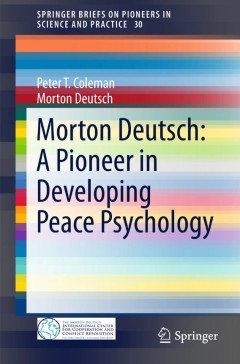
Morton Deutsch: A Pioneer in Developing Peace Psychology
Commemorating Morton Deutsch’s 95th birthday, this book presents ten major texts by this highly respected social psychologist on war and peace. This first volume presents Deutsch in his role as a leading social science activist on issues of war and peace – writing papers, making speeches and participating in demonstrations. After serving in the U.S. Air Force during World War II and being a…
- Edition
- 1
- ISBN/ISSN
- 978-3-319-15439-8
- Collation
- XVI, 139
- Series Title
- SpringerBriefs on Pioneers in Science and Practice
- Call Number
- -

Money and Finance in Central Europe during the Later Middle Ages
The wealth of the Central European archives, particularly in urban records, has not been fully realised by Western European historians. However, the records are not always straightforward to use and many studies tackle the methodological problems inherent in gathering and analysing medieval sources. This book presents an original review of past and present research of national historiographies …
- Edition
- 1
- ISBN/ISSN
- 978-1-137-46022-6
- Collation
- XVIII, 269
- Series Title
- Palgrave Studies in the History of Finance
- Call Number
- -
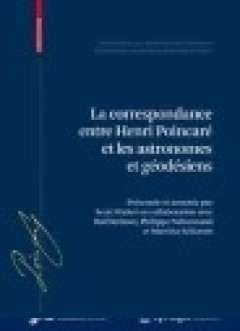
La correspondance entre Henri Poincaré, les astronomes, et les géodésiens
The letters in this volume cover Poincaré's multifaceted career in astronomy in its entirety, extending from the time of his first publications in 1880 to the end of his life in 1912. At a tender age, Poincaré established his authority in questions of celestial mechanics, and his views were soon sought after on a vast array of questions by the leading astronomers and geodesists of his time, i…
- Edition
- -
- ISBN/ISSN
- 978-3-7643-8293-3
- Collation
- -
- Series Title
- -
- Call Number
- -

Micro-Performance During Postwar Japan’s High-Growth Era
The aim of this book is to analyze Japan's high-growth economy, in particular to clarify the kinds of changes in people’s lives that were generated by high growth. The present volume focuses not on the macro-economic mechanisms that expanded the scale of the economy, but on the micro-economic changes that were effected in everyday life. The emergence of a mass consumption society as a result …
- Edition
- 1
- ISBN/ISSN
- 978-981-10-0708-8
- Collation
- XII, 160
- Series Title
- Monograph Series of the Socio-Economic History Society, Japan
- Call Number
- -
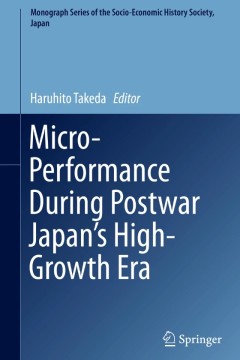
Micro-Performance During Postwar Japan’s High-Growth Era
The aim of this book is to analyze Japan's high-growth economy, in particular to clarify the kinds of changes in people’s lives that were generated by high growth. The present volume focuses not on the macro-economic mechanisms that expanded the scale of the economy, but on the micro-economic changes that were effected in everyday life. The emergence of a mass consumption society as a result …
- Edition
- 1
- ISBN/ISSN
- 978-981-10-0708-8
- Collation
- XII, 160
- Series Title
- Monograph Series of the Socio-Economic History Society, Japan
- Call Number
- -

Jesuit Contribution to Science: A History
This book presents a comprehensive history of the many contributions the Jesuits made to science from their founding to the present. It also links the Jesuits dedication to science with their specific spirituality which tries to find God in all things. The book begins with Christopher Clavius, professor of mathematics in the Roman College between 1567 and 1595, the initiator of this tradition. …
- Edition
- -
- ISBN/ISSN
- 978-3-319-08365-0
- Collation
- -
- Series Title
- -
- Call Number
- -

European Perspectives on Behavioural Law and Economics
This anthology highlights the theoretical foundations as well as the various applications of Behavioural Law and Economics in European legal culture. By the same token, it fosters the dialogue between European and American Law and Economics scholars. The traditional neo-classical microeconomic theory explains human behaviour by using Rational Choice. According to this model, people tend to m…
- Edition
- -
- ISBN/ISSN
- 978-3-319-11635-8
- Collation
- 1 b/w illustrations, 10 illustrations in colour
- Series Title
- -
- Call Number
- -
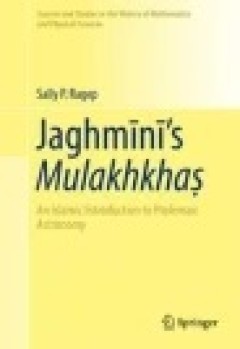
Jaghmīnī’s Mulakhkhaṣ: An Islamic Introduction to Ptolemaic Astronomy
This book provides the only critical edition and English translation of Maḥmūd al-Jaghmīnī’s al-Mulakhkhaṣ fī al-hayʾa al-basīṭa, the most widely circulated Arabic treatise on Ptolemaic astronomy ever written. Composed in the early 13th century, this introductory textbook played a crucial role in the teaching, dissemination, and institutional instruction of Islamic astronomy well …
- Edition
- -
- ISBN/ISSN
- 978-3-319-31993-3
- Collation
- -
- Series Title
- -
- Call Number
- -
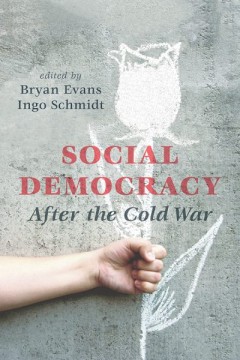
Social Democracy After the Cold War
Offering a comparative look at social democratic experience since the Cold War, the volume examines countries where social democracy has long been an influential political force—Sweden, Germany, Britain, and Australia—while also considering the history of Canada’s NDP and the emergence of New Left parties in Germany and the province of Québec. The case studies point to a social democracy…
- Edition
- -
- ISBN/ISSN
- 978-1-926836-87-4
- Collation
- -
- Series Title
- -
- Call Number
- 340
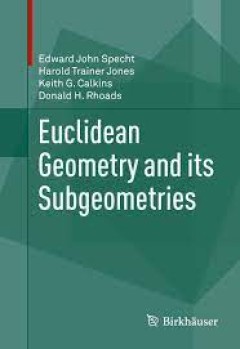
Euclidean Geometry and its Subgeometries
In this monograph, the authors present a modern development of Euclidean geometry from independent axioms, using up-to-date language and providing detailed proofs. The axioms for incidence, betweenness, and plane separation are close to those of Hilbert. This is the only axiomatic treatment of Euclidean geometry that uses axioms not involving metric notions and that explores congruence and isom…
- Edition
- -
- ISBN/ISSN
- 978-3-319-23775-6
- Collation
- 59 b/w illustrations
- Series Title
- -
- Call Number
- -
 Computer Science, Information & General Works
Computer Science, Information & General Works  Philosophy & Psychology
Philosophy & Psychology  Religion
Religion  Social Sciences
Social Sciences  Language
Language  Pure Science
Pure Science  Applied Sciences
Applied Sciences  Art & Recreation
Art & Recreation  Literature
Literature  History & Geography
History & Geography